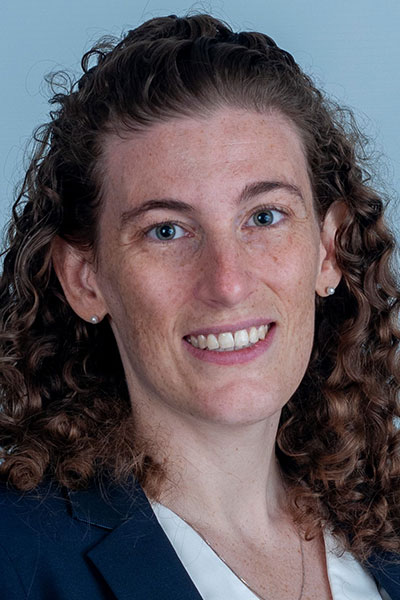2025 PRESENTER PROFILES
Ready for Prime Time?—Pharmacoepidemiology and Real-World Evidence
Friday, June 20, at 3:45 p.m. CT
Room W187 A-C • McCormick Place Convention Center
What Is the Role of Pharmacoepidemiology and Real-World Evidence for Decision Making in Diabetes Treatment?

Sara Jane Cromer, MD, MS
Assistant Physician,
Massachusetts General Hospital
What is your presentation about?
Pharmacoepidemiology uses data generated through routine clinical care (e.g., from electronic medical records or insurance claims databases) to study how effective and safe medications are when used in the real world, rather than a clinical trial. These studies have a lot of strengths, including very large sample sizes and inclusion of populations who are underrepresented in medical research, but many clinicians and researchers are hesitant to believe their results because randomized clinical trials are the gold standard method for answering these questions. In my presentation, I am to highlight some of the concerns raised about these studies, review the methodology that has developed to address these concerns, discuss clinical questions for which this type of analysis might not be appropriate, and compare results from well-designed pharmacoepidemiology studies to clinical trials.
How do you hope your presentation will impact diabetes research or care?
There is great interest in pharmacoepidemiologic research for diabetes, particularly to answer questions about sodium-glucose cotransporter-2 (SGLT2) inhibitors and glucagon-like peptide-1 (GLP-1) receptor agonists, but unfamiliarity with these methods leads many to feel uncomfortable interpreting these studies. I hope that my presentation will leave attendees with confidence in recognizing well vs. poorly designed pharmacoepidemiologic studies such that they may feel more comfortable assessing and implementing findings from these studies in the future.
How did you become involved with this area of diabetes research or care?
I first took a course on analysis of large health care data sets as part of statistical and epidemiology training during my research fellowship. I later connected with my professors who connected me to mentors in their division, and I have collaborated with a pharmacoepidemiology research group ever since.


